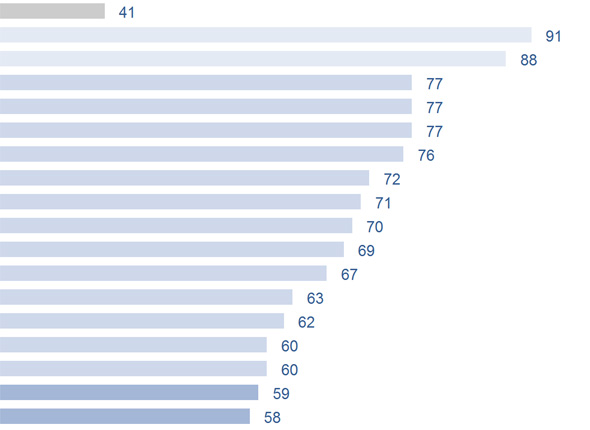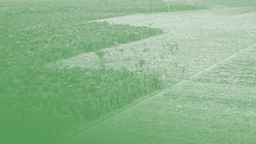-
2012 Aid Transparency Index
October 15, 2012 By Payal Chandiramani
Publish What You Fund recently released its 2012 Aid Transparency Index, an annual review of 43 indicators assessing to what degree information about policies, strategies, and individual projects are published for public consumption by aid donors. These indicators include things like disclosing the type of aid given (e.g., grant, loan, export credit, debt relief), the quality of disclosure policies, and the online presence of centralized, public databases of all the organization’s activities.
Only three organizations received a “good” score: the UK’s Department for International Development and the World Bank’s International Development Association and International Bank for Reconstruction and Development . Twelve entities – from France’s Ministry of Foreign Affairs to the governments of China and Greece – received a score of “very poor.” Thirteen received a score of “fair,” which included several prominent organizations such as the United Nations Development Program, African Development Bank, and The Global Fund to Fight AIDS, Tuberculosis, and Malaria, with the remaining organizations almost evenly split between a “moderate” and “poor” ranking.
Donors’ aid transparency is assessed at three distinct levels: organization, country, and project, with each of the three levels having an equal weight. The data was collected in partnership with civil society organizations and then standardized across indicators.
USAID is ranked 27th out of 72 donors with an overall score of 50 percent, placing it in the “moderate” category. While USAID scored slightly above average among the other donors on the organization and country levels, it did not do so well on the activity level due to inconsistent availability of results and impact appraisals. Publish What You Fund recommends that USAID improve its programmatic data collection process, systematically release information and performance data to its Foreign Assistance Dashboard, and publish all information to the International Aid Transparency Initiative Registry. However, USAID’s 2012 Open Government Plan contains provisions for improving internal coordination and standardization, gathering data from across its technical offices and country missions, and engaging stakeholders to better utilize this information.
Since 2010, Publish What You Fund has attempted to track progress in aid disbursement, encourage further transparency, and hold development organizations accountable. What started as an index tracking just 30 organizations has more than doubled to include 72 separate entities that provide aid, including traditional bilateral donors, multilateral donors such as development banks, four UN agencies, two health funds, three climate funds, and two private foundations. Organizations were primarily selected based on the total amount of official development assistance they provided in a given year.
The Aid Transparency Index and projects like USAID’s Foreign Assistance Dashboard reflect a growing trend in the foreign aid community to conform to best practices regarding open data, comprehensiveness, and accuracy to generate constructive feedback on aid programs and aid effectiveness.
Sources: Publish What You Fund, USAID.
 A Publication of the Stimson Center.
A Publication of the Stimson Center.



